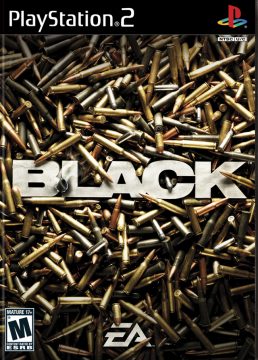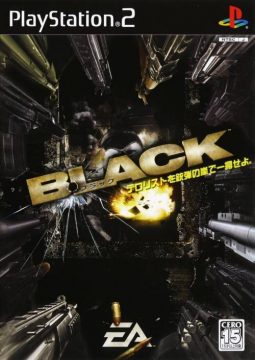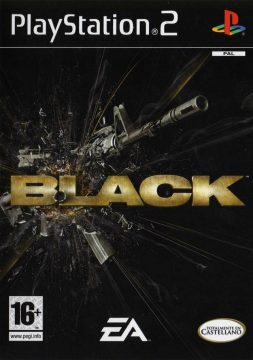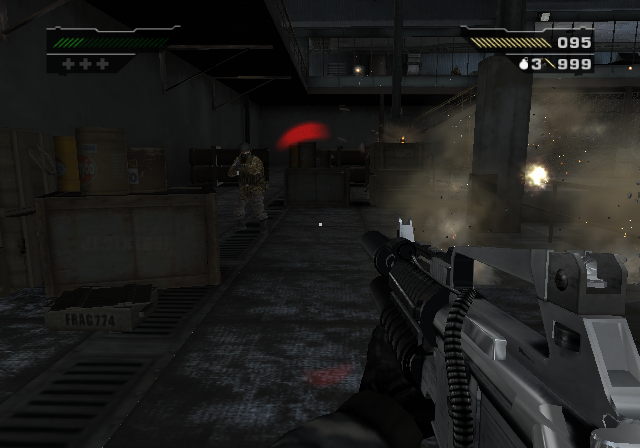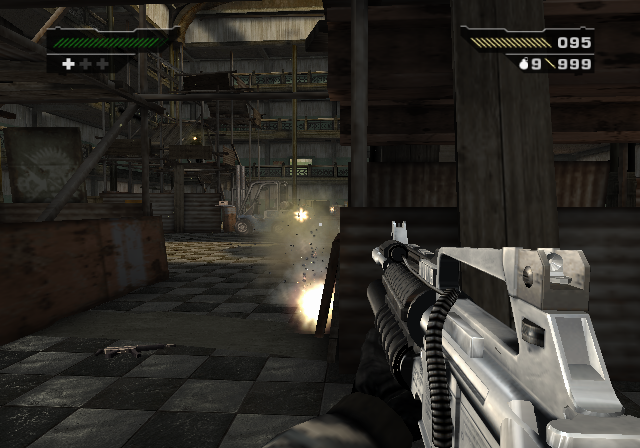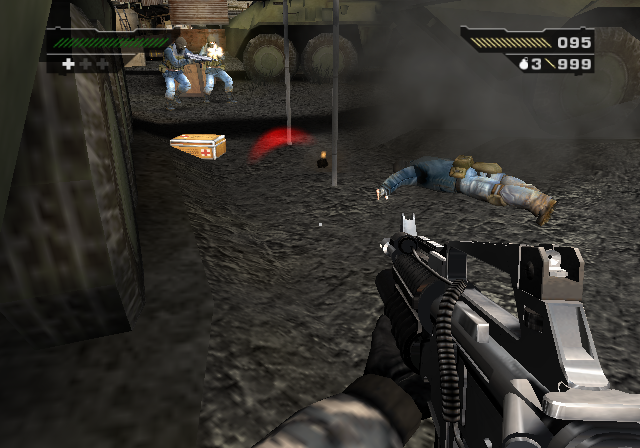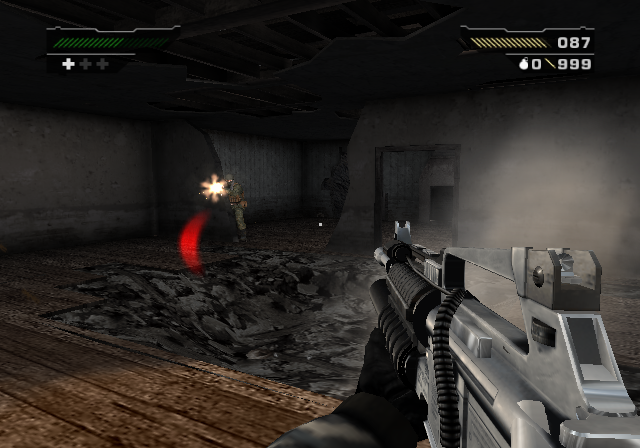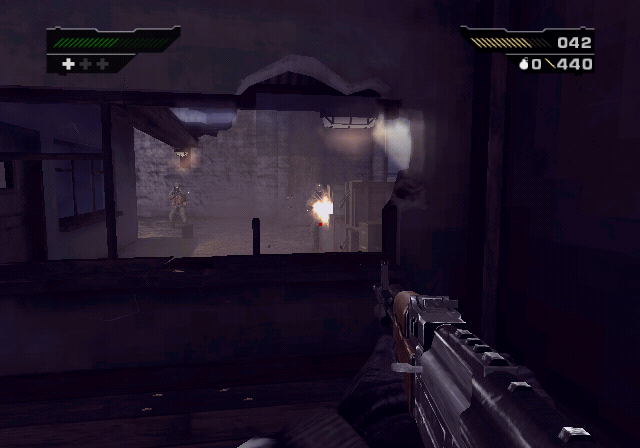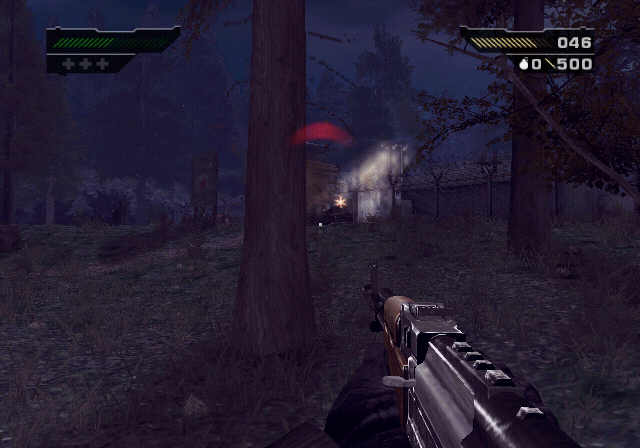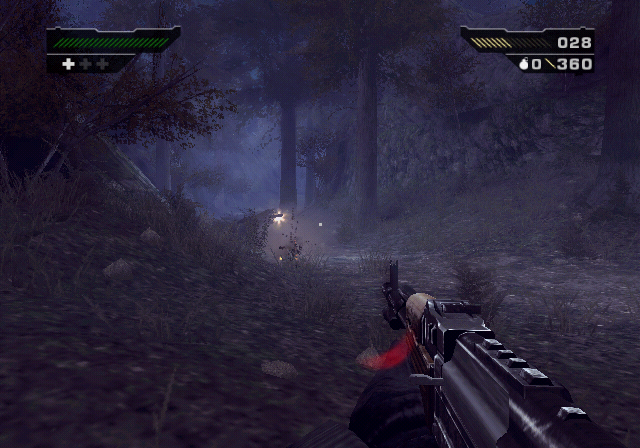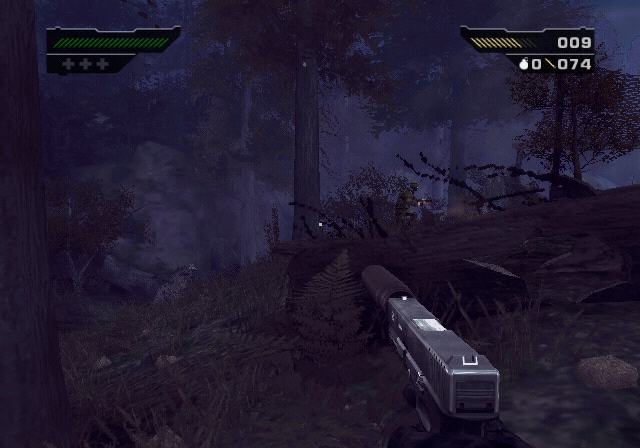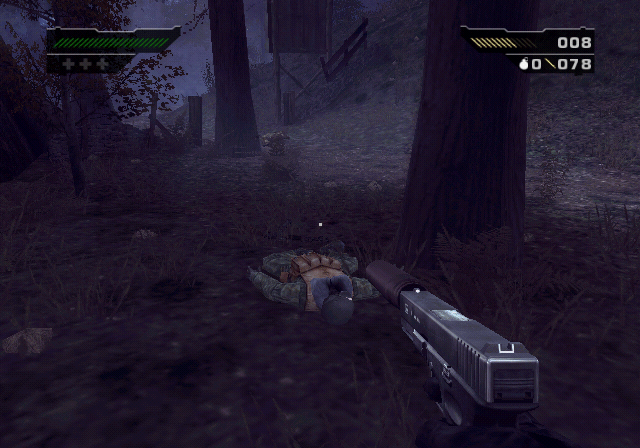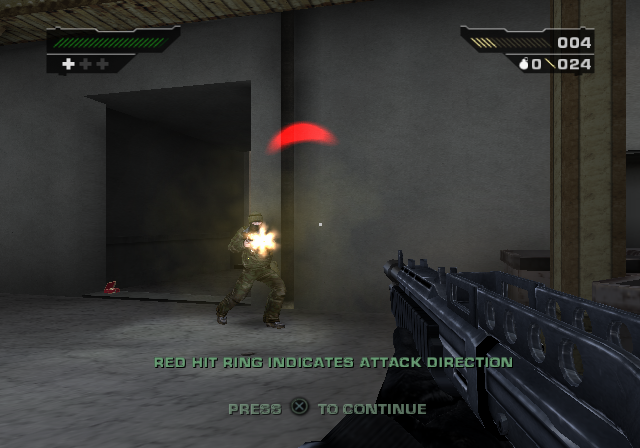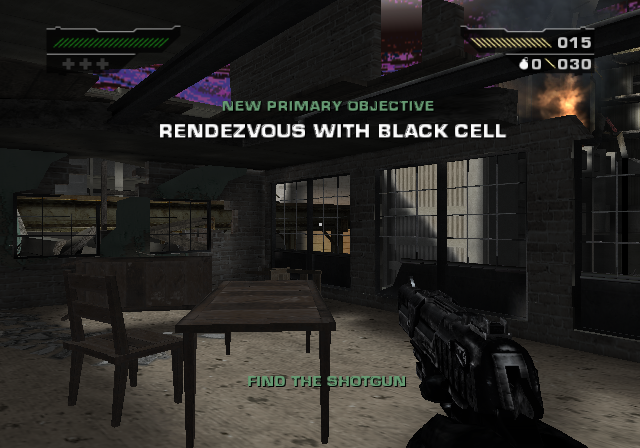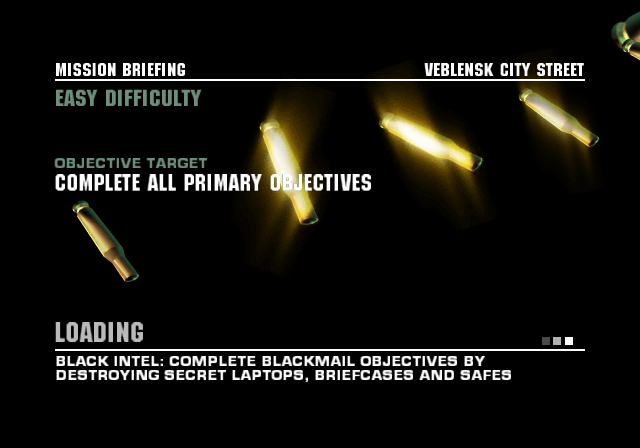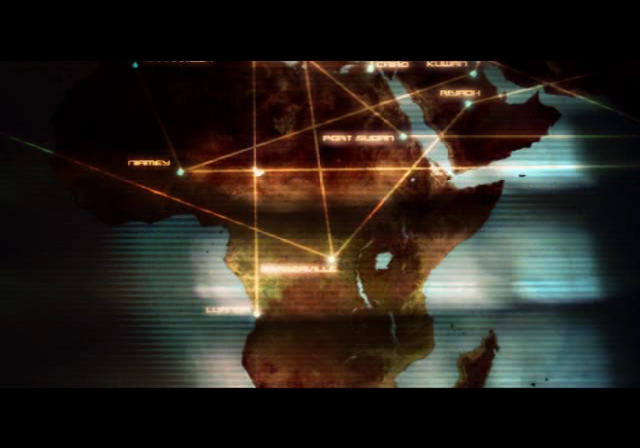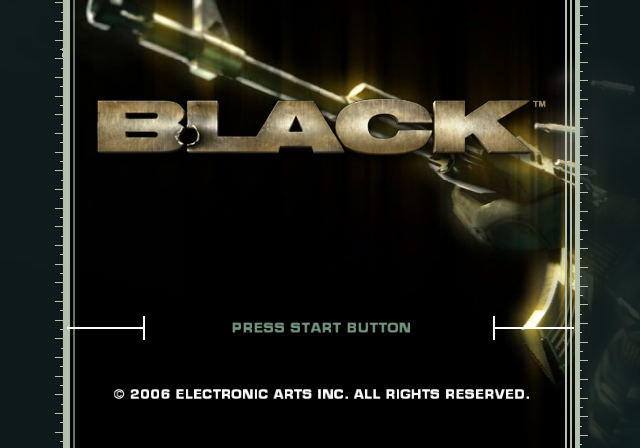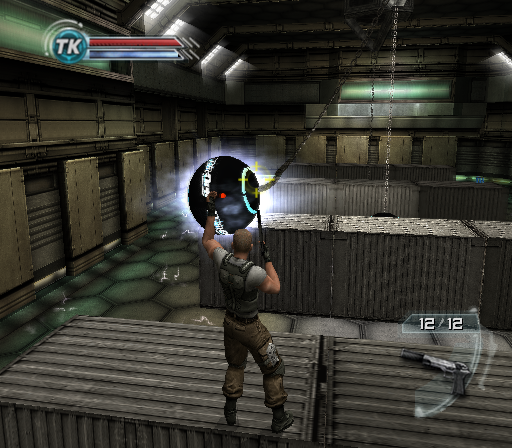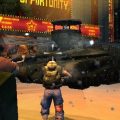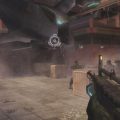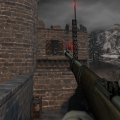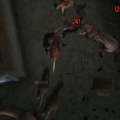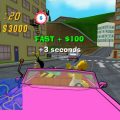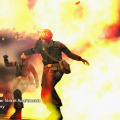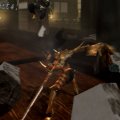
Criterion Games will forever be known as “those people that made Burnout.” That’s not necessarily bad, mind you, as Burnout remains one of the greatest racing franchises in the medium’s history, mainly because it was the first major 3D one with some budget that approached cars differently. Instead of seeing cars as something to worship and respect, Criterion saw cars as something that would look really cool being smashed or blown up. Game changing. It’s been racing games for the studio in its long history since, though they did try to do something new in 2006 with BLACK, their take on first person shooting.
Unsurprisingly, their big addition was destruction and explosions. Hey, if it ain’t broke, don’t fix it, just break it in a flying ball of flame and debris.
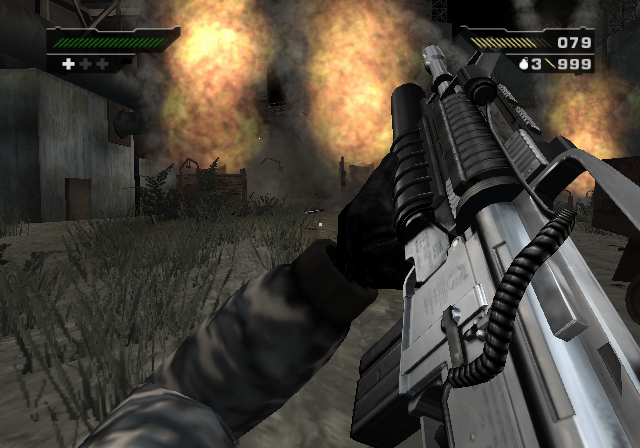
BLACK‘s narrative is surprisingly involved, yet completely detached from the game itself. It follows a black ops soldier named Jack Keller of the United States, who’s apart of a mission to track down William Lenox and his terrorist/gun running organization called Seventh Wave. As you travel through Russia and hunt down the evildoers, the story is told and explained in live action cutscenes taking place days later, taking a lot of editing inspiration from action director Tony Scott (mainly Enemy of the State and Man on Fire). For all the production value put here, it amounts to very little, as the story is explained in a very slap dash way, complete with poorly done and obvious dubbing over the actors. That’s not too surprising, though, as the narrative was only added towards the end of development. The game’s director actually considered just having voice acting over a black screen, probably as a little reference to the title.
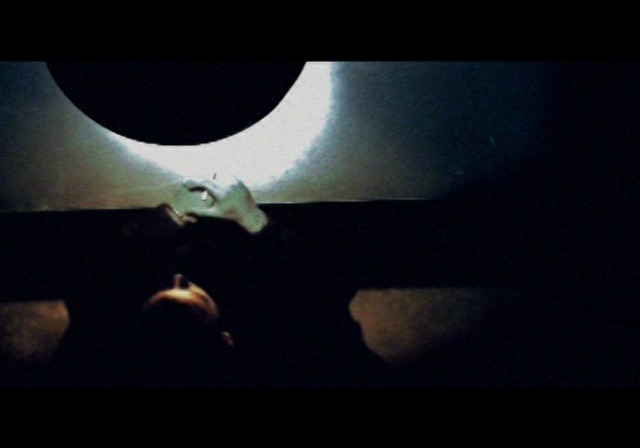
The cinematic bent continued into the fantastic score, done by Chris Tilton and Michael Giacchino, and brought to life with a full orchestra. Their music is simply sweeping and grand, even starting at the intro theme. They definitely took a lot of inspiration from the Call of Duty series, going for a very timeless style that really served the game well. The sound design is also ridiculously detailed, with sound effects taken directly from popular action films, and enemies turned into a “choir” of sorts. To make the noise of combat less suffocating, enemies were given low, medium, and high voices and weapon sounds in combat, giving the game a more orderly atmosphere that also makes for much better player feedback. It’s much easier to keep track of where everything is through sound alone, something that hadn’t really been done particularly well in the genre at the time.
BLACK was a game changer in a lot of ways, especially graphically. This was one of the best looking FPS games out at the time on consoles, really pushing the PS2 and Xbox to their limits (the screenshots taken from an emulator fail to really do it justice). The game simply looks like it’s from another genre entirely at times, especially when the sun is shining down in open areas. It just oozes atmosphere and still holds up pretty well today. It helps the art design had a lot of little touches, keeping with a tired military style, but adding some character here and there. Urban areas were commonly crowded with junk and wear, really adding to the feeling of chaos. This felt like a warzone in the modern day.
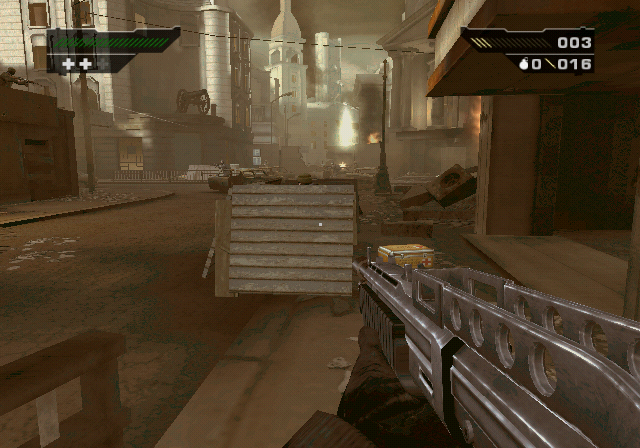
While the game was a technical achievement, it didn’t really set the world on fire with its gameplay proper. It never got those “ABSOLUTELY MUST PLAY” scores they were most likely expecting, bragging the game would do for shooters what Burnout did for racers. There are a lot of reasons for this, but the foundation was strong. Controls are tight and responsive, animations smooth, and weapon variety basic but enjoyable. Criterion’s experience with physics and feedback paid off with weapons that just felt great to use, especially the shotgun. They had weight and power behind them, and were approached similarly to Burnout cars. These guns were concentrated, destructive power, and the game knew the thing you wanted to do most with them is fire them as much as possible.
Enemies were pretty dim, requiring numbers to be significant threats, but that simplistic design was still ridiculously hard, especially when you ran into those blasted shield enemies, whom can take rockets at point-blank range. Shotgun enemies also take a few head-shots to take down. The arcade style Criterion loved resulted in a wildly unrealistic game that looked very realistic, which takes getting used too, especially when dealing with those bloody shotgun goons in small spaces. Most of the challenge there is just surviving long enough to do some significant damage.
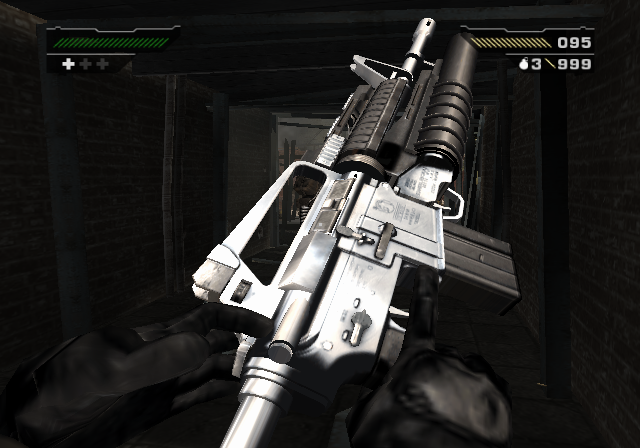
The addition of fragile walls and buildings didn’t add as much as you’d think it would, either. Unlike Broforce, which made everything destructible, only select things can be blown apart and shredded. There aren’t a lot of places where destroying walls is a significant help, because that just means less cover, while destroying enemy cover doesn’t really feel like a huge evolutionary step either. Making cars and gas tanks explode is a lot of fun, but it’s weirdly not as effective as it should be. There are times where you can blow a tank an enemy is standing just right next to, and they won’t react at all. This does make clearing enemies shooting from windows easier with a rocket launcher or such, but these moments are few and far between.
Despite all the shine and polish, there’s little here that BLACK can say is all its own, which makes the little issues more noticeable. It’s a fun ride by all accounts, but its not a game changer. Probably the biggest misstep it makes is a lack of multiplayer, one of the most crucial elements for the genre once Goldeneye came around. That goes double for this time period, as online gaming was just getting ready to shake up the industry, leaving BLACK behind the times. Without a fan base charged up by some sort of multiplayer mode, little interest built up for the game’s franchise potential, and it ended up being left by the wayside.
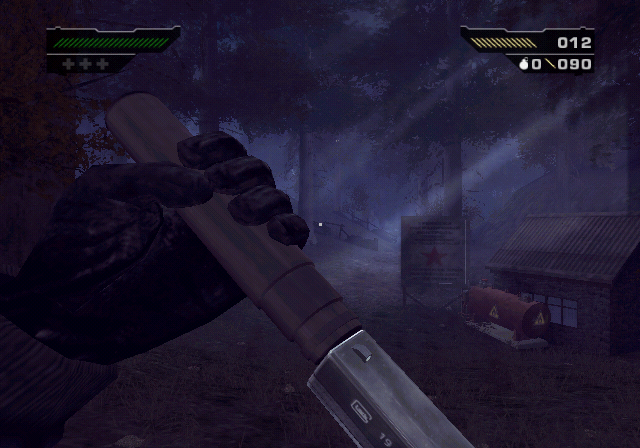
Guildford Studio, a group of former Criterion developers, would try making a spiritual successor in 2011 under Codemasters. The game was called Bodycount, and it’s largely forgettable. While it tried to correct past mistakes with the addition of multiplayer, five years was far too long for anyone to care too much about a return of BLACK. The game was so poorly received that Codemasters had a large series of layoffs, bringing the tale of BLACK to a very sad end.
BLACK is a good game, a very good one in many respects. But it’s also a game that somehow has so much personality and none at all at the same time. It was a bit different from its contemporaries, and had a ton of polish, but it didn’t make the choices that would make it a particularly exciting entry in the history of FPSes. But if you want a good time, it’s dirt cheap and littered used game markets for years. It’s also free of more obnoxious FPS mechanics we see today, going with med kits over regenerating health, so it’s a must for genre fans. BLACK is a game that deserves to be remembered, despite its attempts to make itself forgettable.

